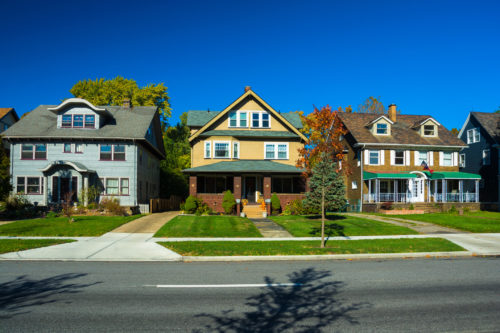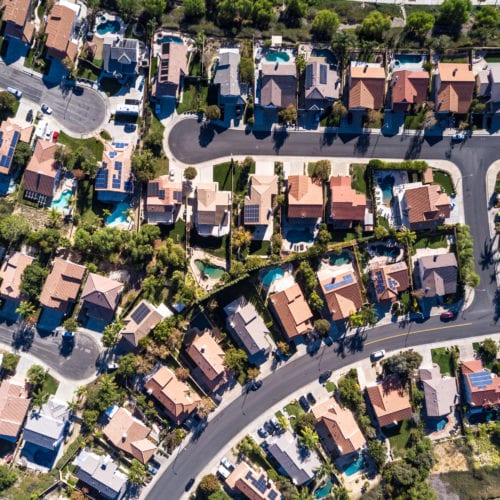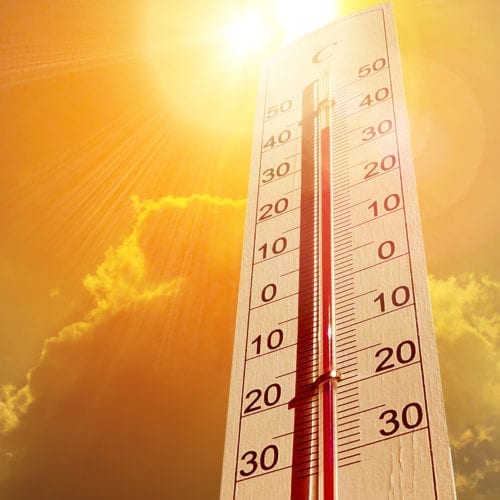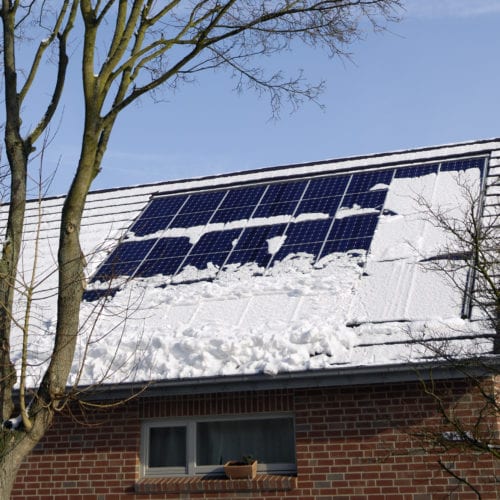
Residential Buildings

How Cities Can Improve Homes
The way we use energy makes a big difference in our lives in how safe, comfortable, and productive we are. In addition to impacting our individual lives, energy use in homes makes up a large part of energy use in the United States. The residential sector accounts for 20…

How Many Hours-of-Safety Do Our Homes Have in Extreme Weather?
How many people in your community are at risk during extreme weather events? The heat waves wracking the nation right now can cause heat exhaustion, heatstroke, dehydration, and even death. Last year over 90 people died in Quebec (over 50 in Montreal) due to a heat wave. And during…

Cities Hold the Keys to Greener, More Efficient Homes
Our homes may be a source of safety, comfort, and stability—but they also represent a considerable slice of our country’s carbon emissions (19 percent, according to the latest estimate from the US Energy Information Administration). Addressing this piece of our energy system is essential to achieving our climate goals. Perhaps…

How to Cost-Effectively Withstand the Next Polar Vortex
The 2019 polar vortex has passed, leaving behind many harrowing stories in its wake. The new Cold Climates Addendum of Rocky Mountain Institute’s Economics of Zero Energy Homes report illuminates how our homes can be better prepared for weather extremes cost-effectively, even in some of the coldest climates in…

Lights, Camera Action!
For ideas on using clean energy for character roles and identities, for dramatic situations and plot development, or for visual effects, download the report or contact RMI via NewNormal@rmi.org. Watching the hit movie A Star Is Born the other night, I was struck by one scene in particular—not…